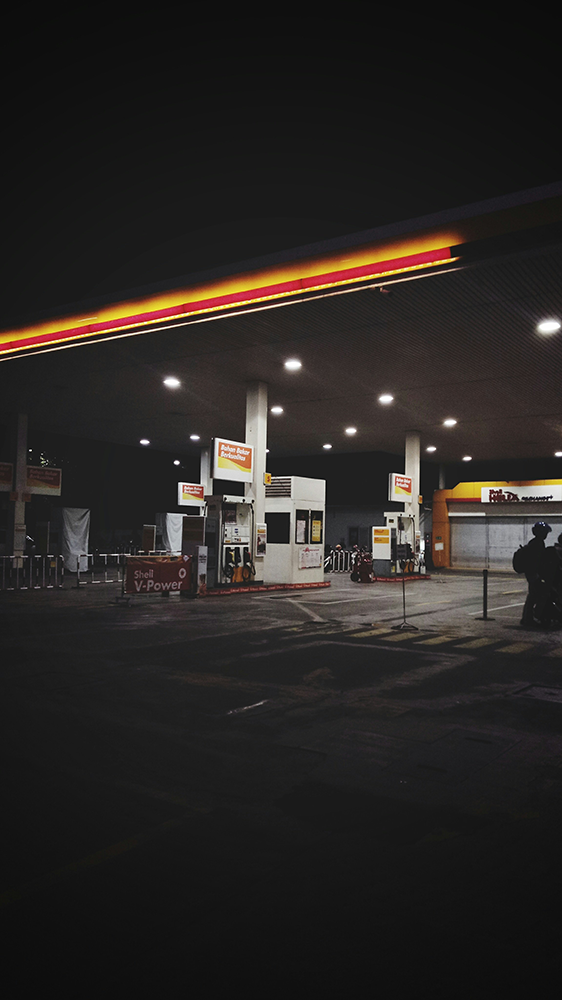Corrosion-Resistant Materials for Petrochemical Air Valves: What You Need to Know
Choosing the Right Materials in Petrochemical Valve Design
When it comes to petrochemical processing, even the smallest component can make or break the safety and efficiency of the entire system. Air release valves, while often overlooked, play a critical role in removing trapped air that can otherwise cause pressure fluctuations, flow disruption, and premature wear. However, due to the highly corrosive and chemically aggressive nature of petrochemical environments, not just any valve material will do.
Choosing the Right Materials in Petrochemical Valve Design
Introduction
When it comes to petrochemical processing, even the smallest component can make or break the safety and efficiency of the entire system. Air release valves, while often overlooked, play a critical role in removing trapped air that can otherwise cause pressure fluctuations, flow disruption, and premature wear. However, due to the highly corrosive and chemically aggressive nature of petrochemical environments, not just any valve material will do.
Material compatibility is essential —not only for ensuring long-term reliability and operational performance, but also for protecting staff, avoiding costly failures, and staying compliant with industry regulations.
This guide explores the best corrosion-resistant materials for air valves in petrochemical settings. Whether you’re specifying a new system or replacing a failing unit, understanding your material options is key to making the right choice.
Why Material Compatibility Matters in Petrochemical Applications
In petrochemical environments, air release valves face some of the most aggressive and corrosive conditions in industrial processing. The wrong material choice can lead to premature failure, safety risks, unplanned downtime, and costly replacements.
This article helps engineers, specifiers, and maintenance teams identify the most suitable and corrosion-resistant materials for air release valves used in petrochemical systems.
Top Corrosion-Resistant Materials for Petrochemical Air Valves
1. Stainless Steel (316 & 316L)
Benefits: Excellent general corrosion resistance, especially in mildly acidic or saline conditions.
Ideal For: Applications involving water vapour, mild acids, and moderate chlorides.
Limitations: Not suitable for highly aggressive chemical media or high concentrations of chlorides and sulfides.
2. Super Duplex Stainless Steel (e.g., SAF 2507)
Benefits: Superior strength and resistance to pitting, stress corrosion cracking, and crevice corrosion.
Ideal For: Highly corrosive environments with chlorides, seawater, or oxidising acids.
Limitations: More expensive and harder to machine; requires proper welding practices.
3. Titanium
Benefits: Outstanding corrosion resistance across a wide pH range and against many organic and inorganic chemicals.
Ideal For: Chlorine-rich and oxidising environments where other metals fail.
Limitations: High cost; limited availability in some sizes or designs.
4. Hastelloy® (C-276 / C-22)
Benefits: Exceptional performance against strong oxidisers, reducing agents, and mixed chemicals.
Ideal For: Harsh environments involving sulfuric, hydrochloric, or nitric acid.
Limitations: Premium cost; typically reserved for the most aggressive service conditions.
5. 6Mo (Alloy 254 SMO)
Benefits: Excellent resistance to crevice and pitting corrosion; stronger than 316L.
Ideal For: Halide-rich and acidic service conditions, including seawater and brine.
Limitations: Costlier than standard stainless, but often more cost-effective than super duplex or titanium in specific scenarios.
6. Aluminium Bronze
Benefits: Good corrosion resistance in seawater and mildly acidic service; anti-sparking properties.
Ideal For: Offshore and firewater systems, particularly where non-ferrous materials are required.
Limitations: Not ideal for highly oxidising or acidic chemical environments.
Material Selection Factors for Petrochemical Air Valves
When choosing the right material, engineers should consider:
Chemical composition of the media
Temperature and pressure conditions
Risk of crevice or galvanic corrosion
Regulatory requirements and plant safety standards
Lifecycle cost, not just purchase price
Application-Based Recommendations
Why Trust GA Valves for Petrochemical Solutions?
At GA Valves, we specialise in air release valves engineered for demanding petrochemical environments. Our product range includes components made from Super Duplex, Titanium, 6Mo, Hastelloy, Aluminium Bronze, and Stainless Steel, with expert guidance available to help you select the right specification for your plant.
Contact us now to see how we can help you!
Contact us by email at sales@gavalves.co.uk or call us on 01484 711983
Related Posts
Below you can view our related posts.

Guide
Small Air Release Valve for High Pressure Pump Station
High pressure pump stations are critical components in water distribution, industrial processing, and irrigation networks. But with higher
Read More
Resource
Small Air Release Valve for High Pressure Pump Station
High pressure pump stations are critical components in water distribution, industrial processing, and irrigation networks. But with higher
Read More
Guide
Sizing Chart for Small Orifice Air Valve
Small orifice air valves play a critical role in removing dissolved air from pressurised pipelines during operation. To
Read More